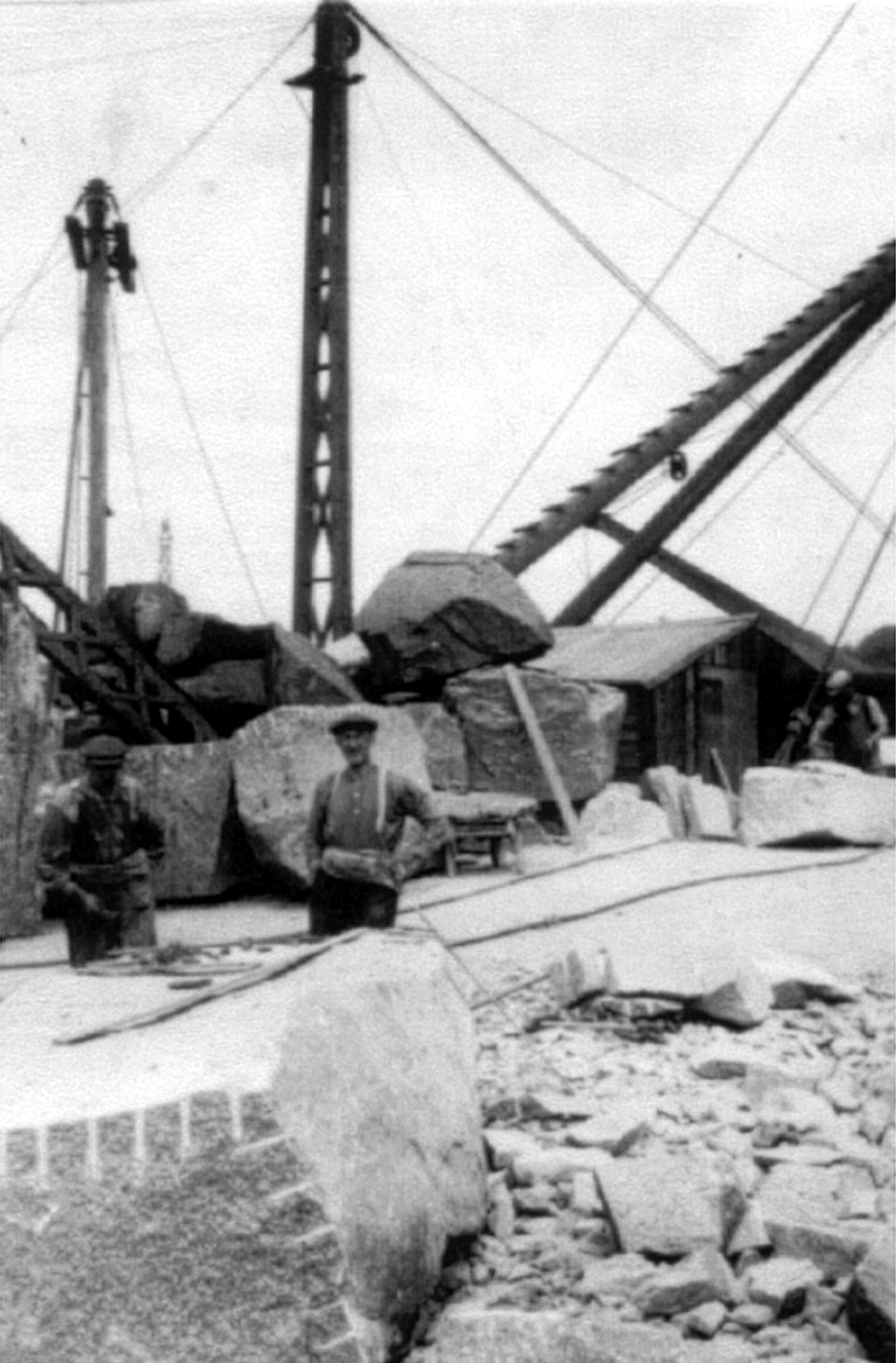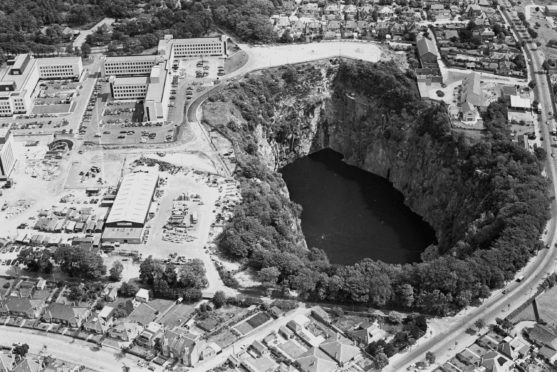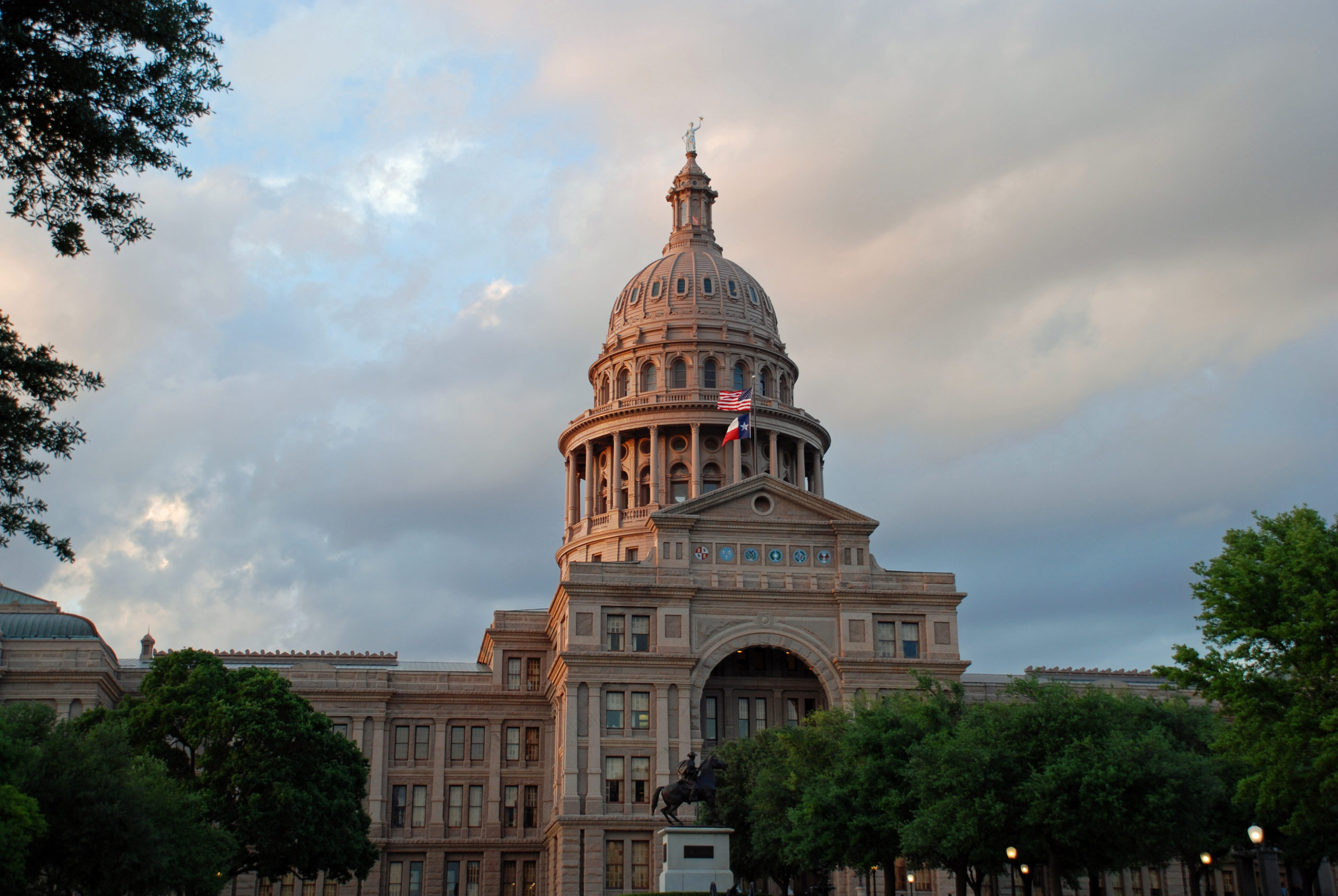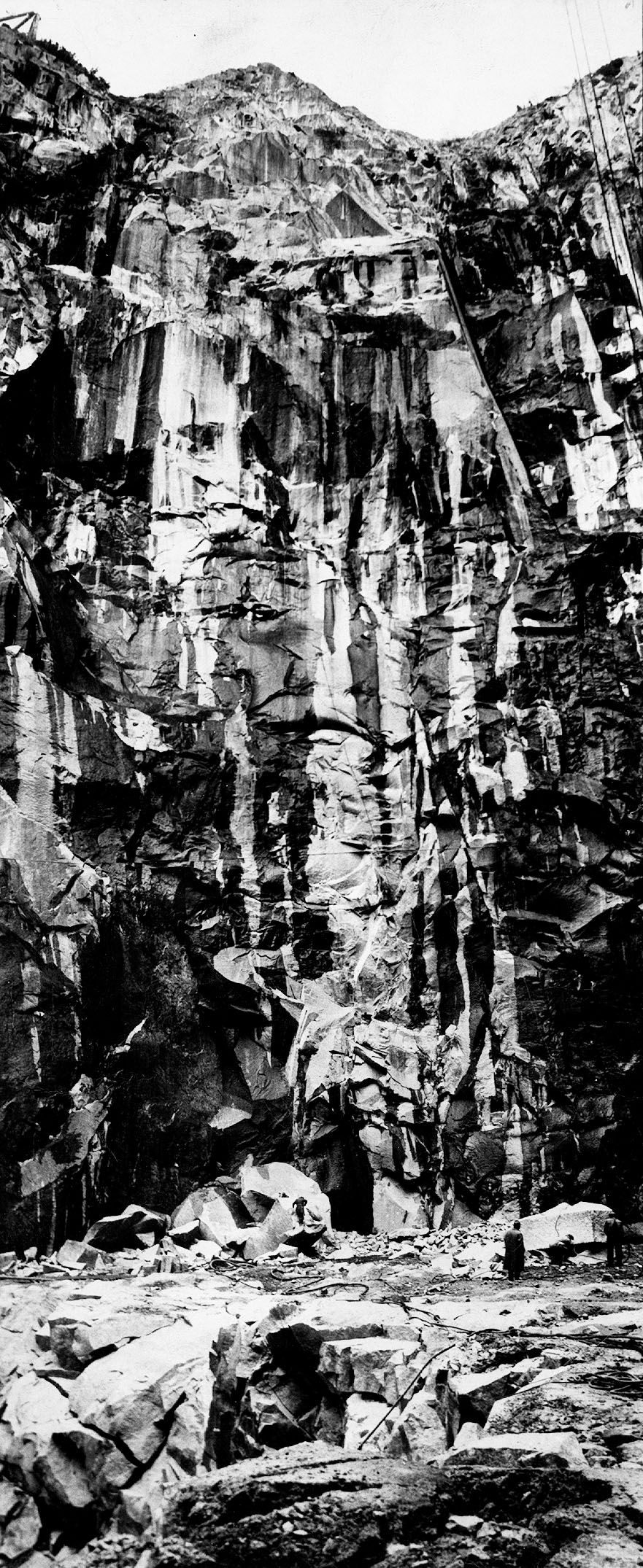For more than 200 years, Rubislaw Quarry was a major contributor to the Aberdeen economy.
An estimated six million tonnes of granite was extracted from the quarry throughout its lifetime to supply materials to landmarks and structures across the world.
Iconic Aberdeen buildings including the Music Hall, Woolmanhill Hospital and Provost Skene’s House were all built using Rubislaw granite with Marischal College, the second largest granite building in the world, also built from the same stone.
Cities such as London, Paris, and Austin also all feature Rubislaw granite, with sections of the London Waterloo Bridge and Brisbane Council Chamber built from the material.
The historic quarry was first instated in 1379. King Robert II gifted the land to the Burgh of Aberdeen as a gesture of gratitude after the city’s support.
The land was eventually sold off by the city to fund projects such as the construction of Union Street.

This came after a series of disappointing tests that left city bosses disappointed in the returns from the quarry, before deciding to give up their right to work the land.
By 1740, the land was under new ownership and the quarry was cleared to make way for a granite harvesting operation to begin. By 1741, the quarry officially opened for business following in the footsteps of other quarries on the Freedom Land.
Rubislaw was initially 90 metres deep when it opened, and was described as the “deepest hole in Europe”.
From the 18th century onward, the Aberdeen granite industry boomed.
Quarry owners began to export their goods to cities such as Portsmouth and London to build new pavements and to construct Docks in 1795.
Come 1811, operations had expanded and Aberdeen workers cut and dressed 1,200 pieces of granite by hand to make the balustrade for the Waterloo bridge.
Further afield, international landmarks including the Paris Opera House in France and the State Capitol Building in Austin, Texas were built using Rubislaw granite in the late 1800s.
In the 1900s, more creations came from the quarry. The Bannockburn Robert the Bruce Memorial was built with Rubislaw stone, along with the podium at the Tower of London, parts of the Houses of Parliament, the exteriors of Leeds University, the Halls of Justice in Swindon and Dumbarton’s Municipal buildings.
However, come the 1960s the Quarry started to struggle and by 1971 it shut down.
It was the last in Aberdeen to close.
At the time of its closure, the quarry was around 145 metres deep, 274 metres long and 228 metres wide. Part of the floor was 54 metres below sea level and to maintain dry conditions, it required continuous pumping.
To access the quarry, workers had to be transferred down the hole by a cage or a wooden staircase of around 430 steps. It took them five or six minutes to descend down the steps and 13 minutes to climb back up again.
The incredible depth of the hole and other factors, including poor stone and hefty competition, all led to the quarry’s eventual closure.
The Aberdeen granite industry had been shifting and declining steadily as newer materials such as glass, steel and concrete became more readily available. Limited exports to countries such as America also contributed to the shrinking of the industry.
Presently, Rubislaw Quarry lives on as a man-made lake.












